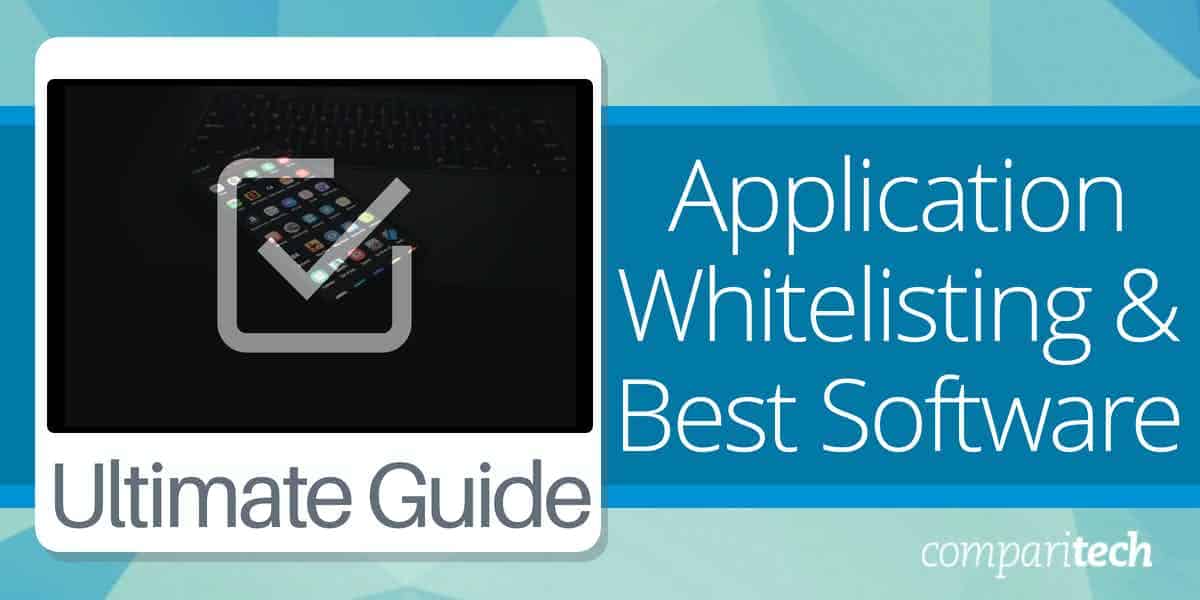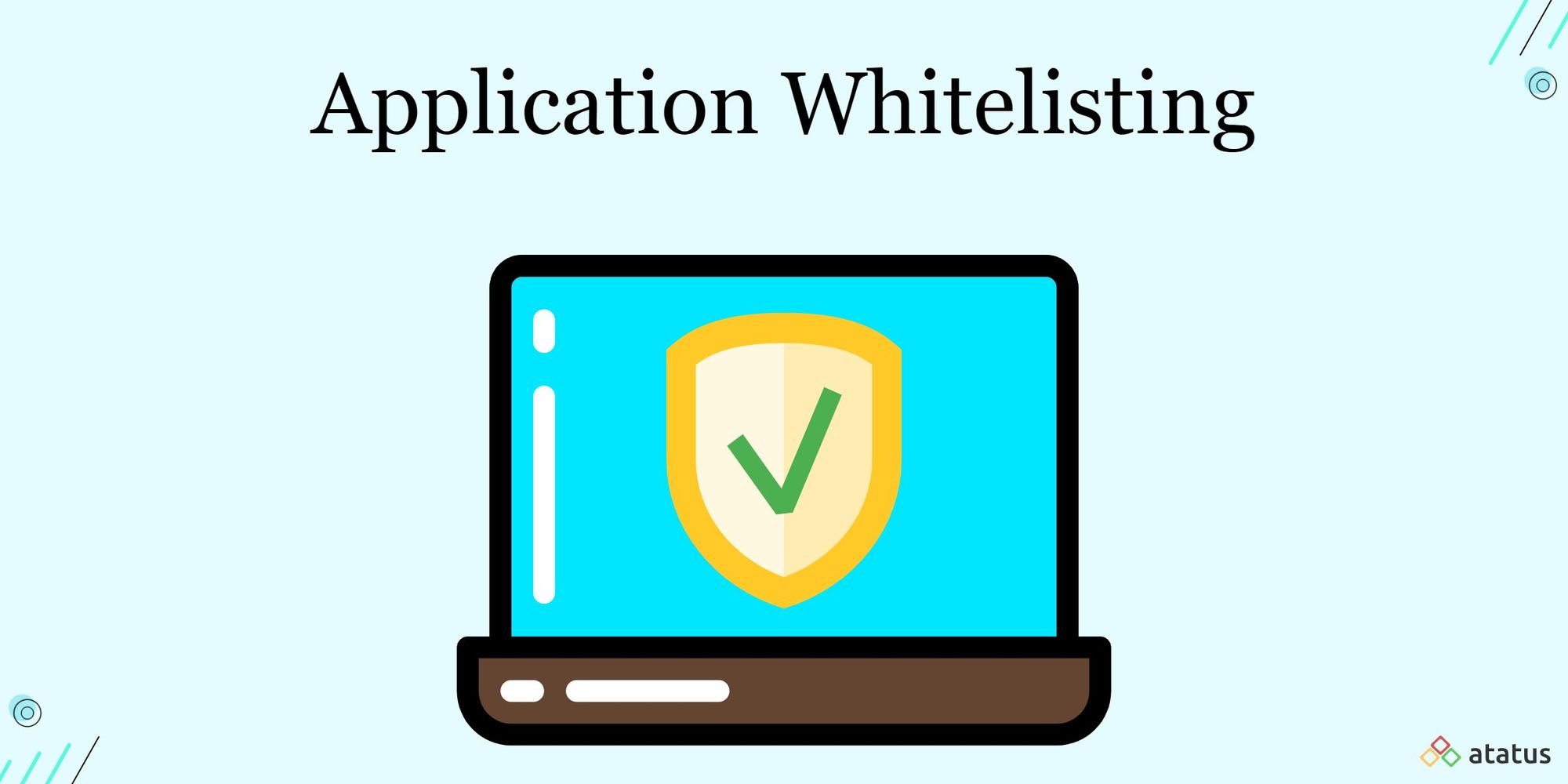Software whitelisting sets the stage for this enthralling narrative, offering readers a glimpse into a story that is rich in detail and brimming with originality from the outset. In a world where cybersecurity is paramount, understanding the ins and outs of software whitelisting can be a game-changer.
As we delve deeper into this topic, we uncover the key aspects of software whitelisting, from its definition to its implementation, benefits, challenges, and best practices.
Definition
Software whitelisting is a cybersecurity approach that only allows approved applications to run on a system or network. This means that any software not on the whitelist is automatically blocked from executing. Software whitelisting differs from blacklisting in that blacklisting works by specifying applications that are known to be malicious and blocking them, while whitelisting focuses on allowing only pre-approved applications to run.
Primary Purpose of Software Whitelisting
- Enhanced Security: By only allowing trusted applications to run, software whitelisting helps prevent unauthorized or potentially harmful software from executing on a system.
- Prevention of Zero-Day Attacks: Whitelisting can help protect against zero-day attacks, as even new or unknown threats will be blocked if they are not on the whitelist.
- Improved System Performance: By reducing the number of applications running on a system, whitelisting can help improve overall system performance and stability.
Implementation
Setting up software whitelisting involves a series of steps to ensure only approved programs can run on a system, enhancing security and reducing the risk of malware infections.
Process of Setting Up Software Whitelisting
- Identify the software to be whitelisted based on business needs and essential applications.
- Create a comprehensive list of approved programs and their associated file paths.
- Implement a software whitelisting solution such as Microsoft AppLocker or Symantec Application Control.
- Configure the whitelist policies to allow only authorized applications to execute.
- Regularly review and update the whitelist to adapt to changing software requirements.
Common Tools Used for Software Whitelisting
- Microsoft AppLocker:A built-in feature in Windows operating systems for creating application control policies.
- Symantec Application Control:Provides advanced security features for whitelisting applications based on various criteria.
- McAfee Application Control:Offers whitelisting capabilities to prevent unauthorized software from running.
Criteria for Selecting Programs to Whitelist
- Essentiality: Only whitelist programs that are crucial for business operations and productivity.
- Vendor Reputation: Trust software from reputable vendors with a history of security updates and reliable products.
- Security Risk: Assess the potential security risks associated with each application before adding it to the whitelist.
- Business Impact: Consider the impact on daily operations if a particular program is not whitelisted.
Benefits

Software whitelisting offers several advantages that enhance cybersecurity and system performance. By implementing software whitelisting, organizations can significantly improve their overall security posture and reduce the risk of unauthorized access or malware infections.
Enhanced Cybersecurity
- Prevents unauthorized software: Software whitelisting allows only approved applications to run on systems, reducing the risk of malware and unauthorized software installation.
- Protects against zero-day attacks: By restricting the execution of unknown or unapproved programs, software whitelisting can effectively mitigate the impact of zero-day attacks.
- Reduces attack surface: Limiting the number of applications that can run on a system minimizes the attack surface and makes it harder for cyber threats to exploit vulnerabilities.
- Enhances compliance: Software whitelisting helps organizations meet regulatory compliance requirements by enforcing strict control over software execution.
Improved System Performance, Software whitelisting
- Minimizes resource consumption: By allowing only approved applications to run, software whitelisting reduces the strain on system resources and improves overall performance.
- Enhances stability: With a limited set of known and trusted applications running, system stability is improved, reducing the likelihood of crashes or performance issues.
- Streamlines IT management: Software whitelisting simplifies IT management by providing clear visibility into approved applications and reducing the need for constant monitoring and troubleshooting.
- Increases productivity: By minimizing the impact of malware and unauthorized software, software whitelisting helps maintain system uptime and productivity levels within the organization.
Challenges: Software Whitelisting

When implementing software whitelisting, organizations may encounter several challenges that can hinder the process. These challenges include compatibility issues, user resistance, and maintenance difficulties. It is essential to address these challenges proactively to ensure the successful implementation of software whitelisting.
Compatibility Issues
One of the primary challenges faced when implementing software whitelisting is compatibility issues. Some applications may not be compatible with the whitelisting software, leading to conflicts and operational disruptions. To overcome this challenge, organizations should conduct thorough compatibility testing before deploying the software whitelisting solution.
Collaborating with application developers and vendors can also help in resolving compatibility issues effectively.
User Resistance
Another common challenge is user resistance towards software whitelisting. Users may feel restricted by the limited access to approved applications and perceive it as an obstacle to their productivity. To address user resistance, organizations should communicate the benefits of software whitelisting clearly to employees.
Providing training and support to help users understand the importance of security measures can also mitigate resistance.
Maintenance Difficulties
Maintaining a software whitelist can be challenging, especially in dynamic IT environments where new applications are constantly being introduced. Organizations must establish robust processes for updating and managing the whitelist to ensure that it remains effective. Automation tools and regular reviews of the whitelist can help in reducing maintenance difficulties and keeping the whitelist up-to-date.
Common Misconceptions

There are some common misconceptions about software whitelisting that can impact its adoption and effectiveness. One such misconception is that software whitelisting is too restrictive and hinders user flexibility. In reality, whitelisting can enhance security by preventing unauthorized software from running on systems.
Best Practices
Maintaining a software whitelisting policy is crucial for ensuring the security and integrity of your system. Here are some best practices to follow:
Regularly Updating Whitelists
It is essential to regularly update whitelists to include new approved software and remove outdated or potentially risky applications. This helps in keeping your system secure against emerging threats and vulnerabilities.
- Set up a schedule for reviewing and updating whitelists, whether it’s monthly, quarterly, or as needed based on software changes.
- Utilize automated tools to assist in the monitoring and updating process, reducing the risk of human error.
- Ensure that all stakeholders are aware of the importance of timely whitelist updates and the potential risks of neglecting this task.
Handling Exceptions within a Whitelisting Policy
While whitelisting is designed to restrict unauthorized software, there may be scenarios where exceptions need to be made. It’s crucial to have a clear process for handling exceptions to maintain security without hindering productivity.
- Establish a formal procedure for requesting exceptions to the whitelisting policy, including a detailed justification for the need for the software.
- Implement a review process involving relevant stakeholders to assess the risks and benefits of allowing the exception.
- Monitor exceptions closely to ensure they are temporary and do not pose a long-term security threat.
Conclusive Thoughts
In conclusion, software whitelisting emerges as a vital tool in the realm of cybersecurity, offering a proactive approach to safeguarding systems and enhancing overall performance. By adhering to best practices and staying informed about potential challenges, organizations can harness the full potential of software whitelisting to fortify their digital defenses.
Query Resolution
What is software whitelisting?
Software whitelisting is a security approach that allows only approved programs to run on a system, as opposed to blacklisting, which blocks known threats.
How does software whitelisting enhance cybersecurity?
By restricting the execution of unauthorized software, software whitelisting reduces the attack surface and prevents malicious programs from running.
What are common challenges faced when implementing software whitelisting?
Some challenges include initial setup complexities, compatibility issues with certain programs, and the need for continuous updates to the whitelist.
Why is it important to regularly update whitelists?
Regular updates ensure that new software versions or security patches are included in the whitelist, maintaining the system’s security integrity.
How should exceptions be handled within a whitelisting policy?
Exceptions should be carefully evaluated based on security risks and business needs, with a clear process for approval and monitoring in place.
